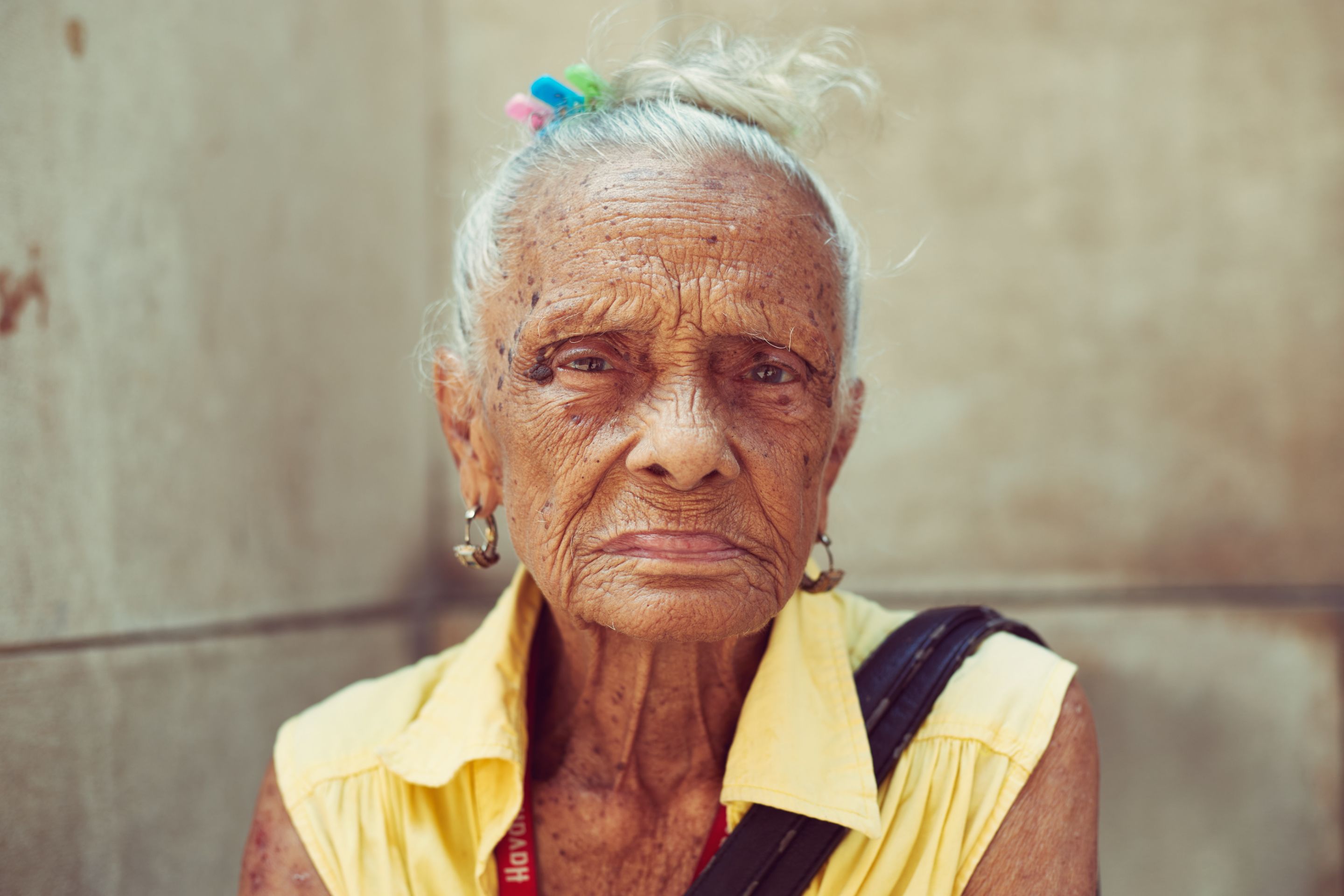
People on the streets [EN-ES]

I greet you with a drink of Cuban Rum with honey called Canchánchara, so I start this second part of my trip to Trinidad. In case you are still curious about the Canchánchara, it is a typical drink of the city that is usually offered to tourists, it is made with homemade rum and honey, although you can add a little lemon to taste. I only tasted it, so that the photos would not come out shaky from there, not the truth is that I am a beer drinker and not rum, but it was good.
This drink was part of the tour around the city, specifically in one of its bars named after the drink. Filled with typical Cuban music, you could spend time dancing as my wife did because she loves dancing and I, being one of those few Cubans with two left legs, just sat there taking pictures of everything. In the same place, you could find a master cigar maker kneading the leaves with all the art that characterizes Cuba. You could sit and watch how good Cuban artisan tobacco is made and buy it if you like to try it, but I was more focused on knowing how he did his job. How inside that little mess you could see a well-organized work table and an agility of hands that only with dozens of years of experience can be achieved.
Los saludo con un trago de Ron cubano con miel llamado Canchánchara, así comienzo esta segunda parte de mi viaje a Trinidad. Por si te queda pico la curiosidad sobre la Canchánchara, es un trago típico de la ciudad que se le suele brindar a los turistas, se hace con ron casero y miel, aunque puedes echarle un poco de limón al gusto. Yo solamente lo probe, no vaya a ser que las fotos salieran movidas a partir de ahí, no la verdad es que soy de tomar cerveza y no ron, pero estaba rico.
Este trago fue parte del recorrido por la ciudad, específicamente en uno de sus bares que se llamaba igual que la bebida. Lleno de música típica cubana, podías dedicar el tiempo a bailar como mi esposa hizo pues le encanta el baile y yo como soy de esos pocos cubanos con dos piernas izquierdas me quedo sentado fotografiando todo. En el mismo lugar se puede encontrar a un maestro tabaquero amasando las hojas con todo el arte que caracteriza a Cuba. Podías sentarte a ver como se hace un buen tabaco artesanal cubano y comprarlo si gustas de probarlo, pero yo me centre más en conocer como hacia su trabajo. Como dentro de ese pequeño desorden podías ver toda una mesa de trabajo bien organizada y una agilidad de manos que solo con decenas de años de experiencia se logran.
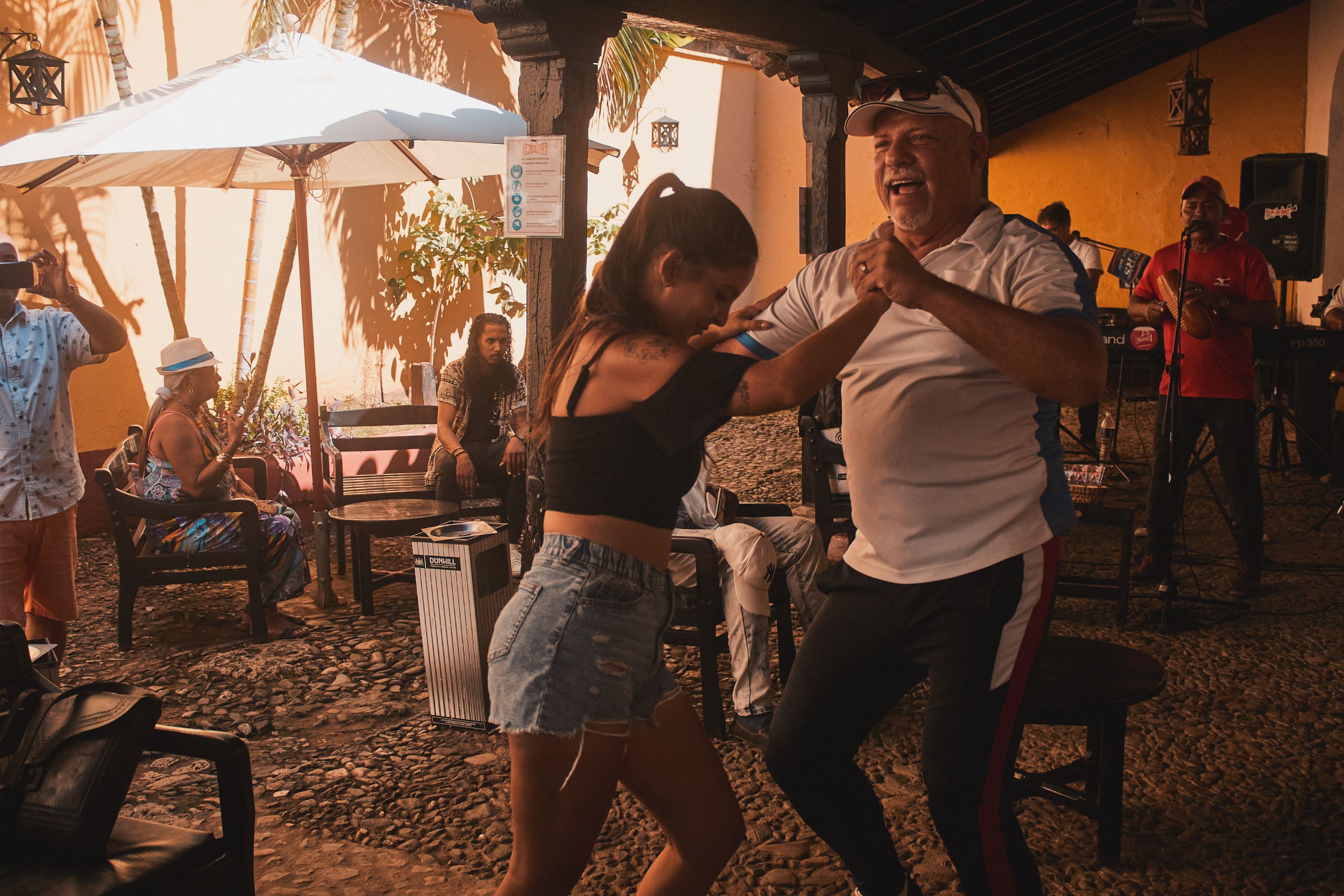
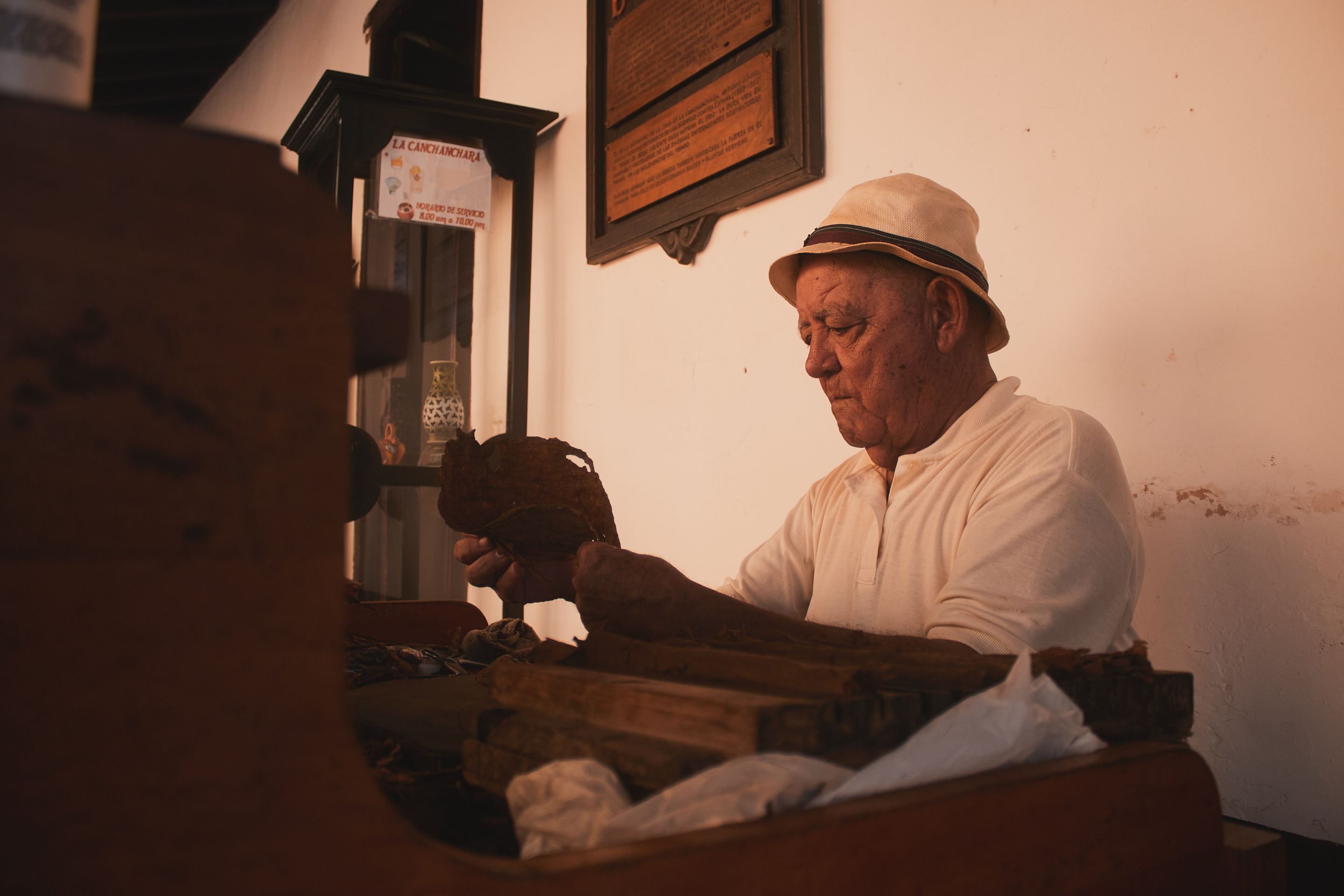
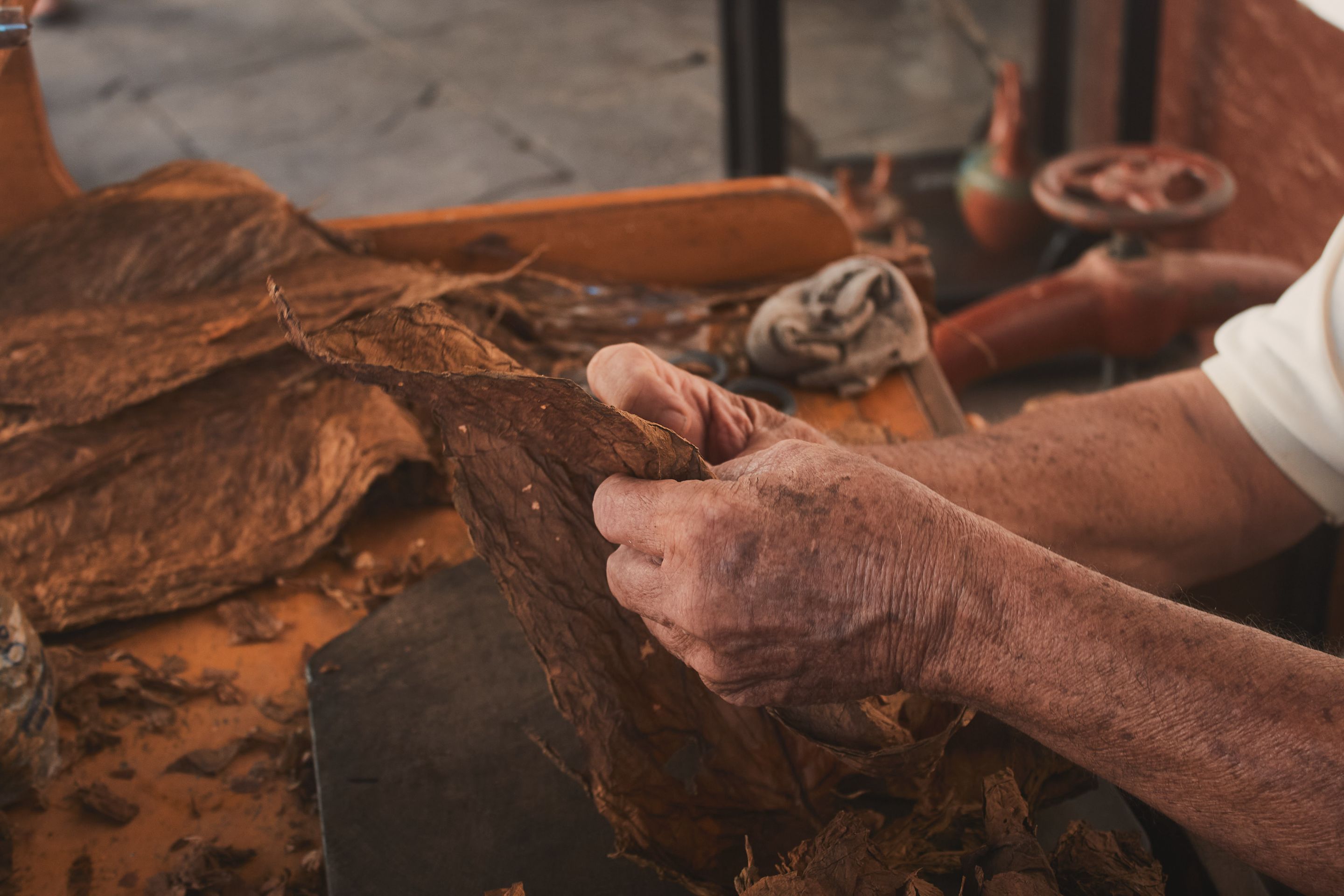
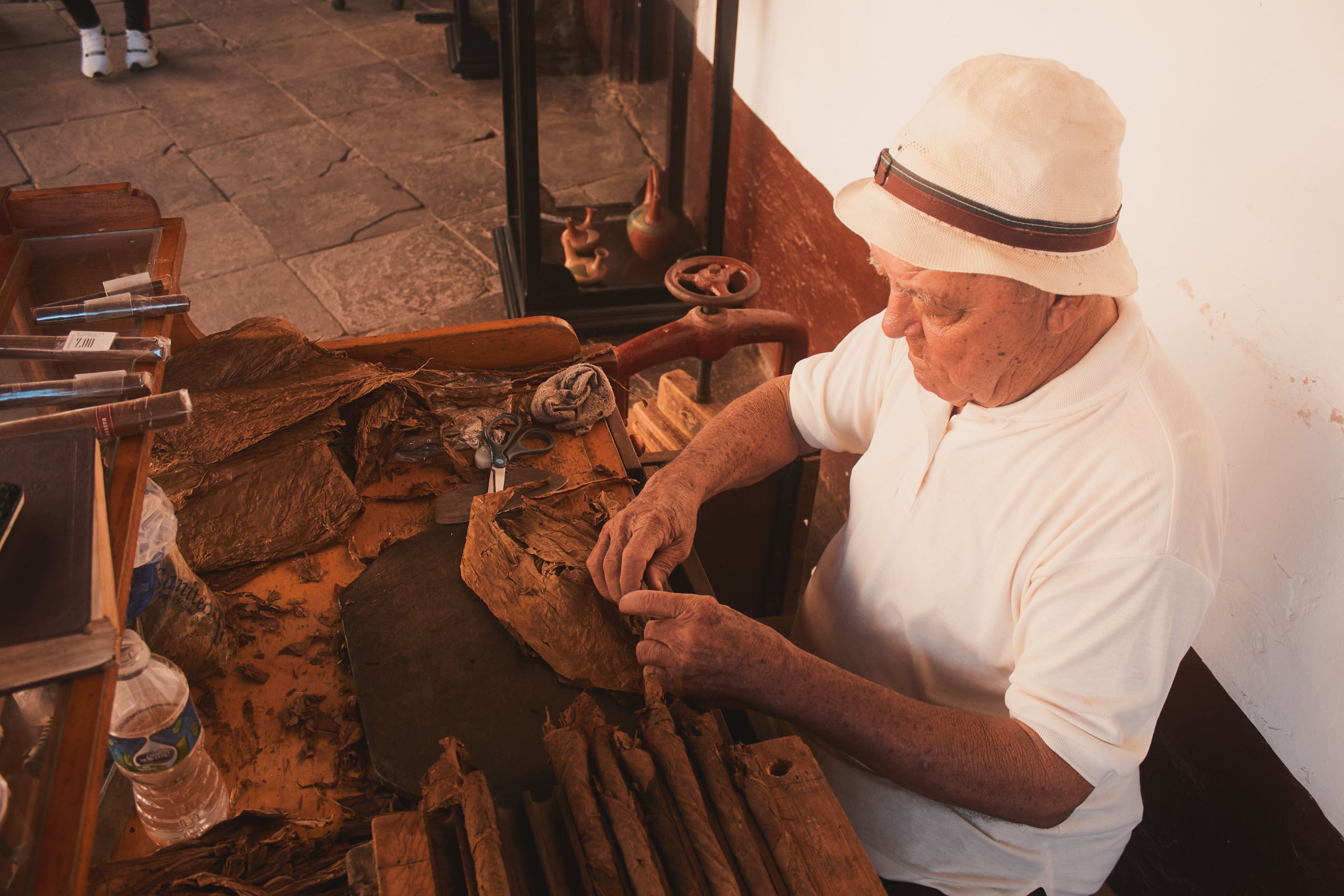
But let's talk a little about its people, about those who live day by day in those streets we saw in the first part. Trinidad is almost entirely dedicated to tourism, from rental houses that you can find on almost any street, to a large number of artisans and artists who constantly create works to be exposed to the eyes of tourists. The beauty of the city and its proximity to a very good beach area make this happen. But its people are not usually behind the tourists as I have seen in other places, the sightseeing places exist and if you want to go in, you will never have anyone behind you asking you to go in and buy something. Even this part of the sale of handicrafts is mixed with the daily life in the city because, on many occasions, the sale of the works is done in the same houses of the artisans. That is why you can enter one of these small galleries and at the same time find clothes lying in a corner or the house pet welcoming you as in the following photo. In its streets, you can meet the oldest artisans who make their living by making figures with filaments. I don't remember what plant the filaments were from, but I don't doubt that they must get up early in the morning to look for them and go through a drying process before being used.
Pero hablemos un poco de su gente, de aquellos que día a día viven en esas calles que vimos en la primera parte. Trinidad se dedica casi en su totalidad al turismo, desde casas de renta que puedes encontrar en casi cualquier calle, hasta una gran cantidad de artesanos y artista que crean obras constantemente para ser expuestas a los ojos del turista. La belleza de la ciudad y su cercanía a una zona de playa muy buena hacen que esto suceda. Pero su gente no suele estar atrás de los turistas como si he visto en otros lugares, los lugares para hacer turismo existen y si quieres entras, no tendrás nunca a nadie detrás tuyo pidiéndote que entres y compres algo. Incluso esta parte de la venta de artesanía se mezcla con lo cotidiano de la vida en la ciudad pues, en muchas ocasiones, la venta de las obras se hace en las mismas casas de los artesanos. De ahí que puedas entrar a una de estas pequeñas galerías y a la vez encuentres ropa tendida en un rincón o la mascota de casa dándote la bienvenida como en la siguiente foto. En sus calles puedes encontrarte a los artesanos más viejos que viven de hacer figuras con filamentos. No recuerdo de que planta eran los filamentos, pero no dudo que deban levantarse desde temprano para buscarlo y pasar por un proceso de secado antes de usarse.
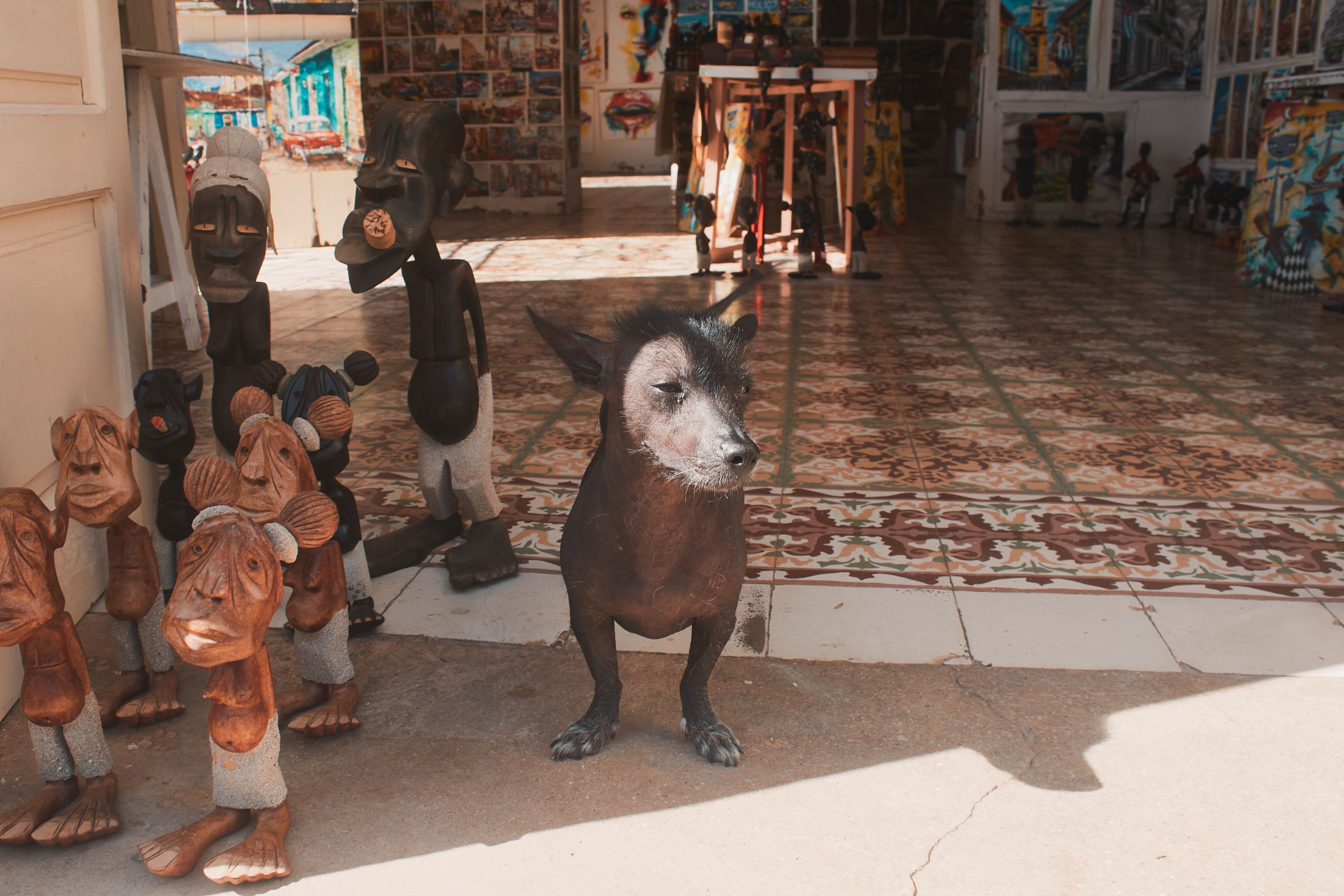
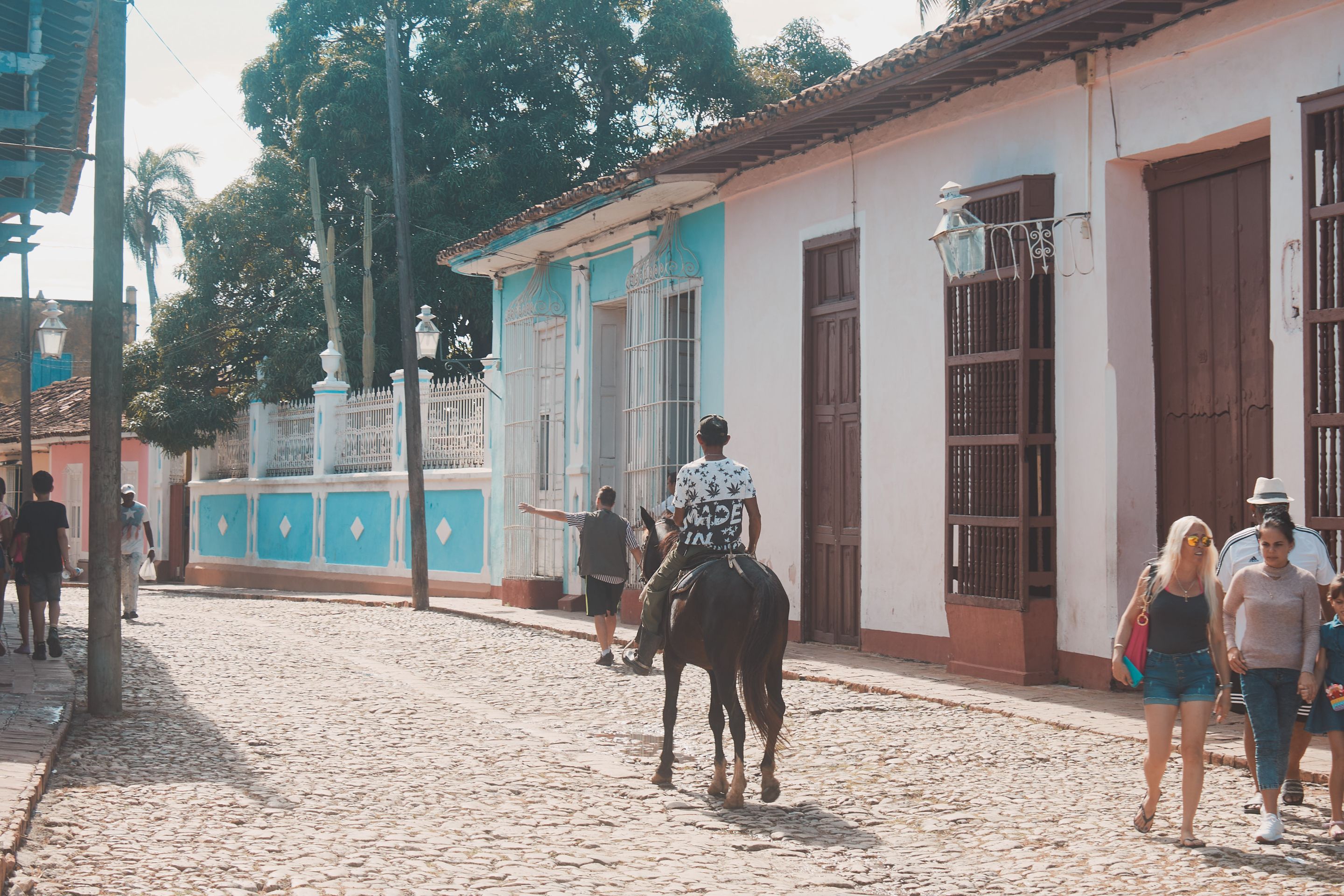
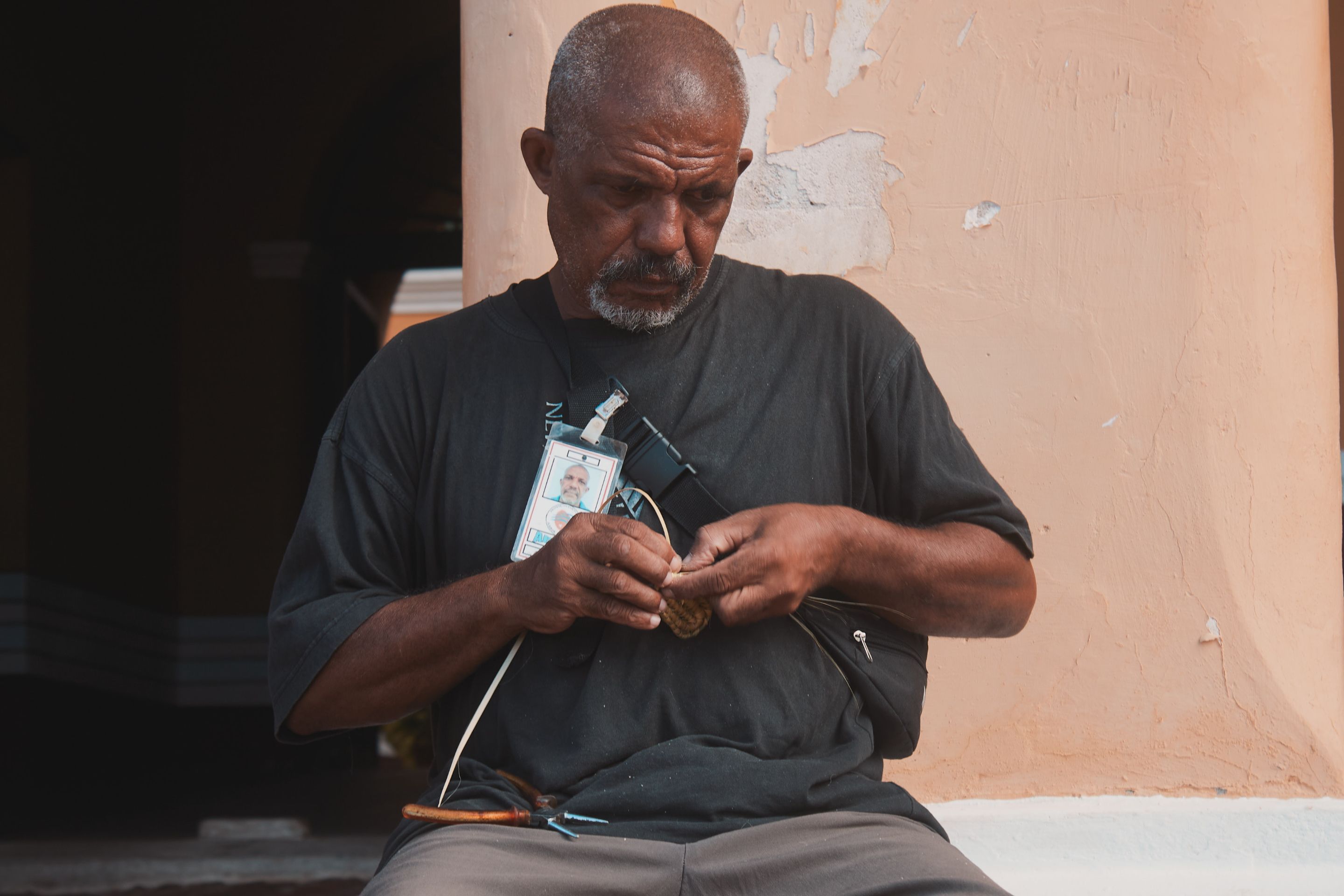

After the tour, we had to go to the beach for a couple of hours and there I left the camera aside to enjoy it better. That's why I only took this last picture when we were about to leave for Havana on our way back. It was already getting dark and the trip takes about 5 hours so you can imagine the time we arrived home. Well, I hope you liked this little experience and that you tell me if you have traveled to this city at some point. See you soon!
Luego de todo el recorrido nos tocó ir un par de horas a la playa y ahí si deje la cámara a un lado para poder disfrutar mejor. Es por ello que solo esta última foto cuando ya casi estábamos por salir hacia La Habana de vuelta. Ya estaba atardeciendo y el viaje dura unas 5 horas más o menos por lo que se imaginan la hora a la que llegamos a la casa. Pues nada, espero que les haya gustado esta pequeña experiencia y que me comenten si han viajado a esta ciudad en algún momento. Nos vemos!
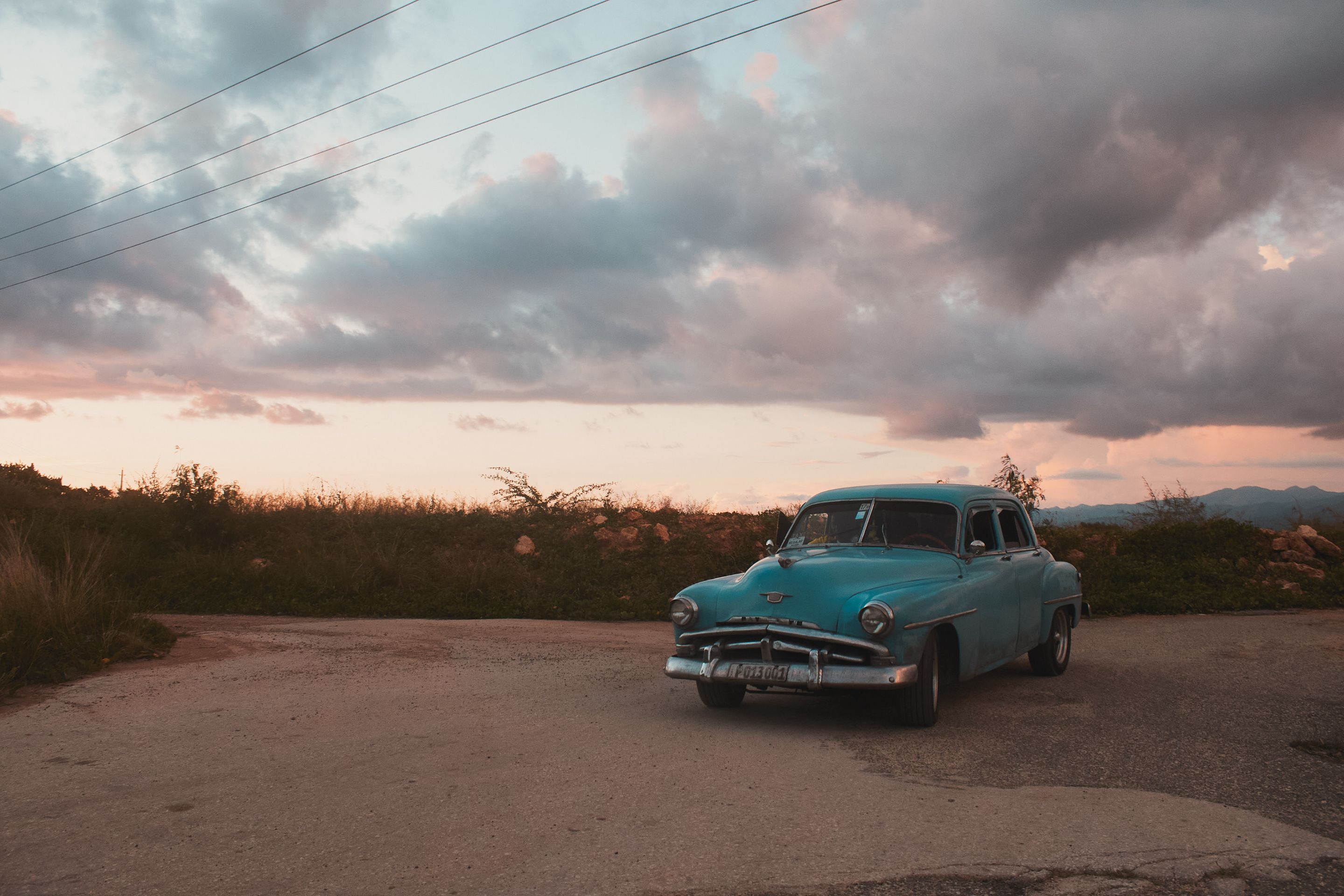
Gear:
- Canon EOS RP
- Canon 50mm 1.8 EF
- Canon 18-55mm EFS
